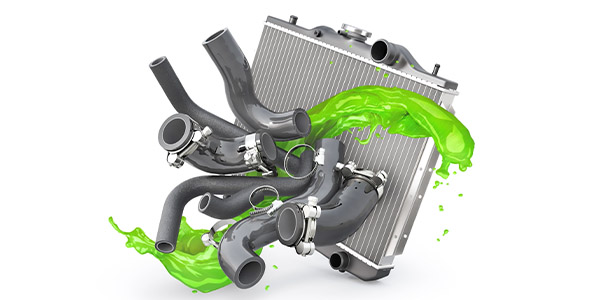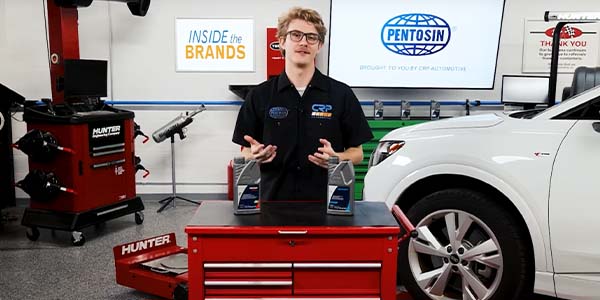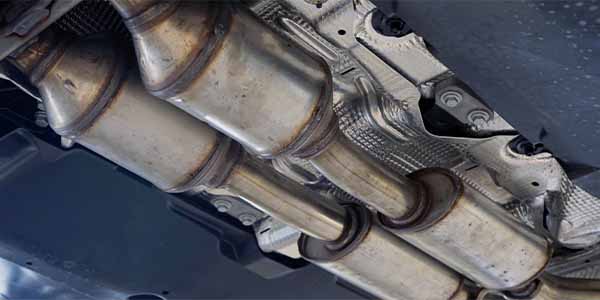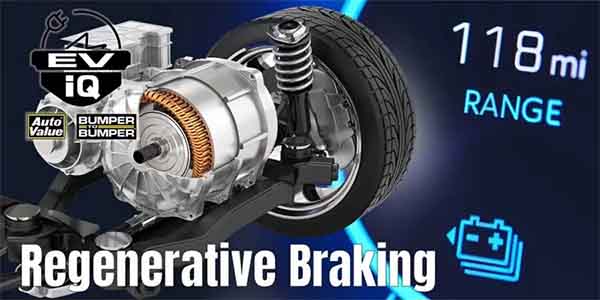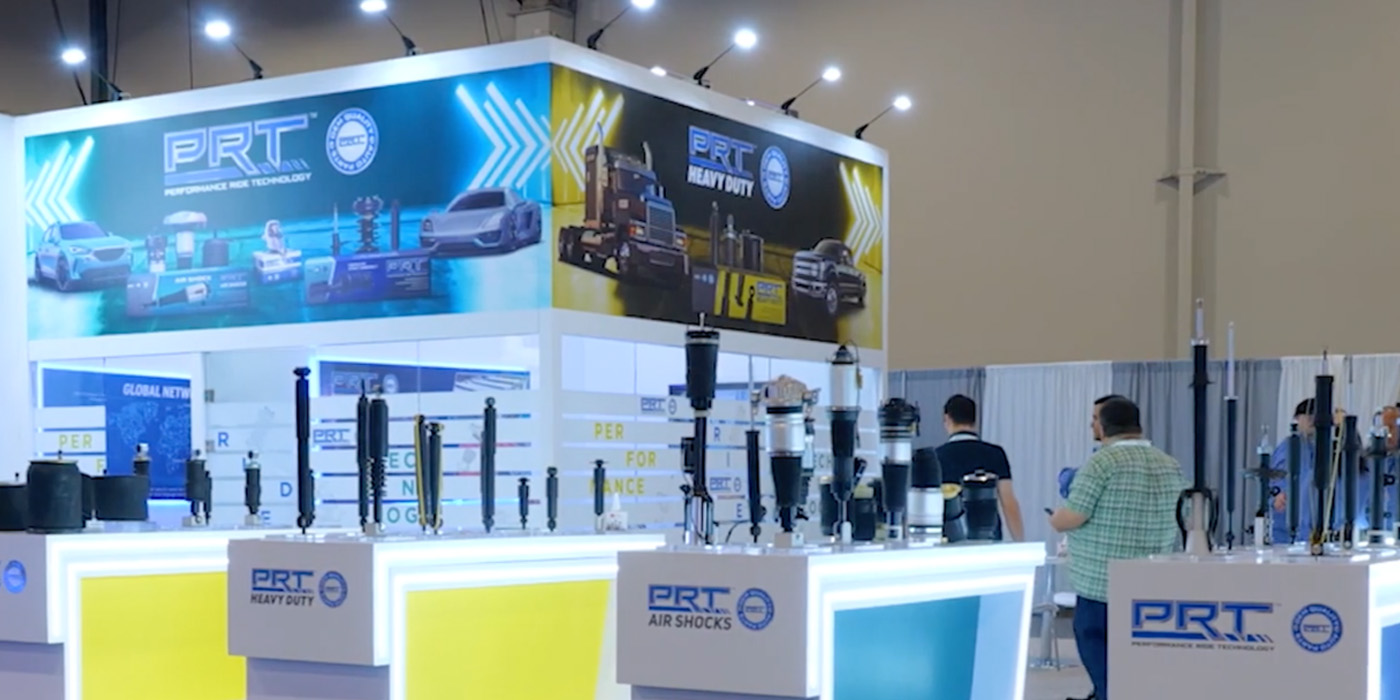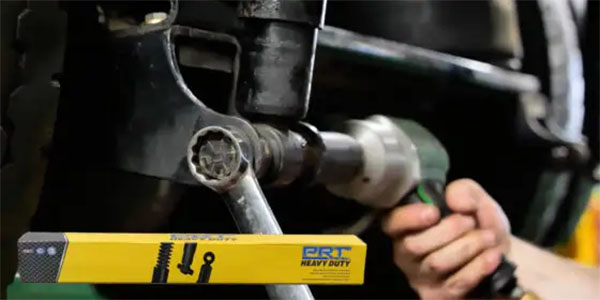CC:
There is nothing cooler than a camshaft because valve lift, duration and timing have drastic effects on engine performance.
Before the development of variable valve timing and variable valve lift systems, these were all fixed specifications, and performance compromises had to be made depending on the use of the vehicle.
Today, a modern engine that utilizes a form of VVT is able maximize performance and driveability throughout its entire operating range.
There are two different types. Early VVT systems were considered discrete, and they worked using a stepped adjustment, with one timing setting for a lower RPM range, one for a higher RPM range.
The advancement of these systems brought us continuously variable valve timing, and through cam phasing, the PCM is able to make continuous adjustments for peak performance in all conditions and all operating ranges.
Cam phasing refers to rotation of the camshaft via an actuator, to advance or retard the camshafts on a VVT system.
Systems that vary valve lift and duration are much more complex, with the use of multi-profile camshafts and rocker arms, as well as a multitude of other designs.
The crankshaft and camshaft sensors are the primary inputs for system operation because they monitor the relationship between the crankshaft and camshaft positions, but there may also be many other sensors and solenoids that affect operation, depending on the system.
What this means is that diagnosing these systems requires the use of a full function bi-directional scan tool to view engine data and operating parameters, as well as perform functional testing of the system.
Thanks for watching The Striking Point from TechShop. I’ll see ya next time.







